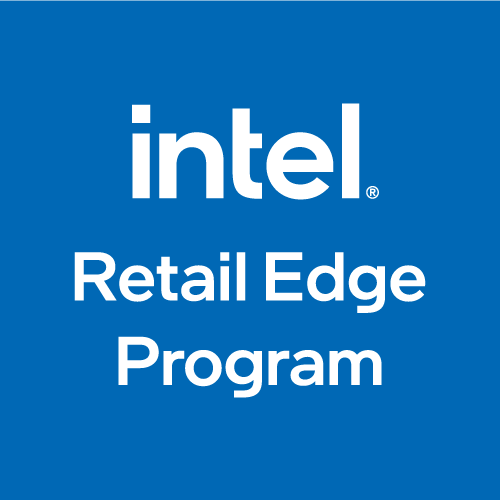1/20/17
Online shopping is constantly on the rise. In fact, a report from Forrester* predicts a 9.32% average annual increase of online sales until 2020. For brick-and-mortar stores, this can mean losing sales because customers are choosing more cost-effective items or shopping around on different 
Here are seven tips to attract customers from online to in-store.
One way to lure customers offline is to bond with them while they are in-store. Incorporating strategies to better the in-store shopping experience by making it more personal and interactive allows customers to see the benefit of shopping in-store versus online.
Think about ways you can make the shopping experience better and more personal for those shopping in your store. Incorporate the Intel® Retail Experience Tool (RXT) when interacting with customers. This interactive sales tool is used to engage customers using videos, technology animations, and more to help them select the perfect device.
Find out more about RXT by clicking here.
When customers are able to see benefits of shopping in-store versus online, they are more willing to venture away from the online shopping world and into your store instead.
This increases the odds they will return to the store to recreate another positive experience rather than shopping or purchasing online.
When trying to bring more customers into your store, make sure everyone from the front door greeter to on-the-floor sales associates give them an amazing in-store experience.
Consider adding more technology, such as digital signage and beacons, to help guide and streamline the buying experience.
The online shopping experience cannot replace the in-store experience. When shopping in stores, customers can:
Offering customers bigger discounts or additional loyalty rewards are two tactics many retailers use to entice consumers to shop in their stores. However, these specials don’t always have to involve money.
Providing free, hands-on demos help drive in-store foot traffic, particularly with customers who want immediate access to the latest devices once they become available.
Lotteries, drawings, and contests are extremely popular with shoppers. Retailers take advantage of these types of events to increase awareness of new products and draw attention to what’s available in stores.
Events around giving back to the community are on the rise globally. People want to invest in their local communities and they expect local businesses to do the same.
Our annual Score with Intel® Core™ competition allows retailers to nominate local K-12 local schools to receive up to a $25,000 donation. We’ve seen these donations make tremendous differences to winning schools and, in turn, contribute to the retailer’s social initiatives surrounding community involvement.
Read more about Score with Intel® Core™ here.
One thing your customers will have a difficult time finding or experiencing online is product knowledge. When your employees are known to have extensive knowledge about the products you sell, it is easier to entice customers to your store.
A top reason for online shopping cart abandonment is lack of access to detailed production information and answers to specific questions about functionality or comparison products.
Imparting accurate and detailed product knowledge helps build trust between customers and sales associates. This is invaluable, particularly when selling multi-functional PCs with new technologies.
Customers will only come through the doors if they feel the experience they will have inside is worth it. Customer service is at the forefront of every customer experience.
In order for shoppers to have an exceptional in-store experience, they must experience exceptional customer service. This service begins from the moment they step foot in the store.
Managers must ensure staff know how to greet customers, how to interact with them, how to present product benefits to them based on their needs, and how to appropriately close the sale.
On average, one happy customer will tell nine friends about a brand. More importantly, 47% of consumers will take their business to a competitor after experiencing poor customer service.
There are many components to customer service, and managers must take the necessary steps to ensure their entire team offers exceptional service throughout the entire customer experience. Those who do this give shoppers more incentive to purchase in the store instead of online.
Are your current efforts effective in incentivizing customers to get up from their computers and come into your store to make their purchases?
While managers can’t control all of the strategies their brand uses to bring customers into their stores, one of the most important strategies is to make certain your staff is well trained and ready to provide a positive experience for in-store customers.
The Intel® Retail Edge Program provides an interactive community with educational and training activities to help sales associates understand the latest devices powered by Intel, how to present their benefits to customers, and how to create exceptional customer experiences in the retail setting.
Find out how your sales team, your store, and your customers can benefit through the Intel® Retail Edge Program.
This article has been updated since it first appeared on LinkedIn*. Click here to see the original article.
References:
*Other names and brands may be claimed as the property of others.
© 2017, Intel Corporation. All rights reserved. Intel, the Intel logo, Retail Experience Tool, RXT, Score with Intel Core, and the Intel Retail Edge Program are trademarks of Intel Corporation in the U.S. and/or other countries.
